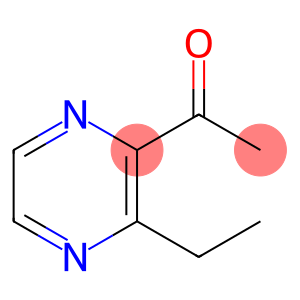Thymol(CAS#89-83-8)
| Risk Codes | R22 – Harmful if swallowed R34 – Causes burns R51/53 – Toxic to aquatic organisms, may cause long-term adverse effects in the aquatic environment. |
| Safety Description | S26 – In case of contact with eyes, rinse immediately with plenty of water and seek medical advice. S28 – After contact with skin, wash immediately with plenty of soap-suds. S36/37/39 – Wear suitable protective clothing, gloves and eye/face protection. S45 – In case of accident or if you feel unwell, seek medical advice immediately (show the label whenever possible.) S61 – Avoid release to the environment. Refer to special instructions / safety data sheets. S28A - |
| UN IDs | UN 3261 8/PG 3 |
| WGK Germany | 2 |
| RTECS | XP2275000 |
| TSCA | Yes |
| HS Code | 29071900 |
| Hazard Class | 8 |
| Packing Group | III |
| Toxicity | LD50 orally in rats: 980 mg/kg (Jenner) |
Introduction
Verification of ammonia, antimony, arsenic, titanium, nitrate and nitrite; determination of ammonia, titanium and sulfate.
Write your message here and send it to us








